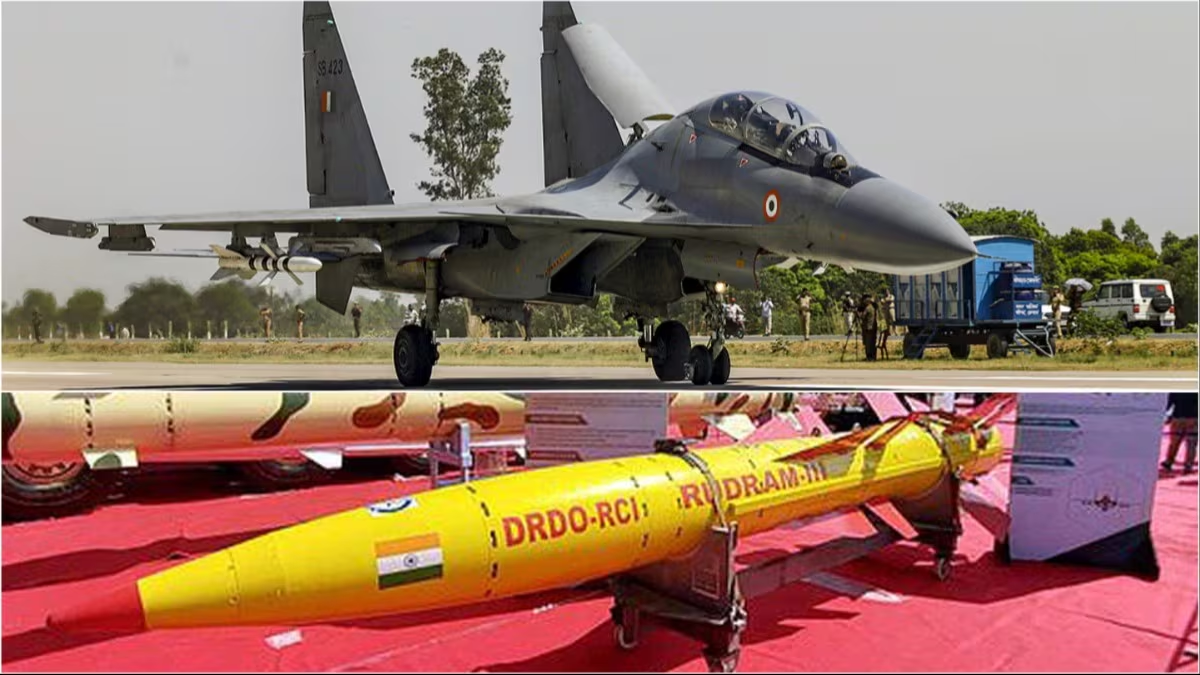India has successfully conducted release trials of the RudraM-III hypersonic anti-radiation missile from a modified Su-30MKI fighter aircraft, marking a significant leap in the nation’s indigenous defence capabilities. The test validates missile-aircraft integration and clears the path for future operational deployment with the Indian Air Force (IAF).
The trials involved the release of two RudraM-III missiles from the Su-30MKI, a frontline multi-role fighter of the IAF. This follows earlier captive carriage and dummy drop trials and represents a crucial progression in the weapon’s development cycle.
To accommodate the RudraM-III, the Su-30MKI underwent significant modifications. These included custom weapon stations, a specially designed bomb rack, and full compatibility with the aircraft’s avionics via the MIL-STD-1553B data bus and mission computers. The electrical integration complied with interface specifications laid out by the Research Centre Imarat (RCI), Hyderabad.
The RudraM-III is a cutting-edge hypersonic missile weighing approximately 1.6 tons and capable of speeds exceeding Mach 5. When launched from high altitudes around 11 kilometers, it can strike targets as far as 600 kilometers away—double the range of its predecessor RudraM-II and four times that of RudraM-I.
Designed for Suppression of Enemy Air Defences (SEAD), the missile is equipped with a dual-stage solid rocket motor, high-precision inertial and GPS navigation systems, and a passive homing head that can detect and lock onto radar emissions even when enemy systems attempt to shut down to avoid detection. This makes it ideal for targeting high-value assets such as radar stations, communication nodes, bunkers, airstrips, and reinforced aircraft shelters deep within hostile territory.
Its speed and range allow the IAF to carry out stand-off attacks while remaining outside the reach of enemy air defence systems, enhancing survivability and mission effectiveness.
The successful integration with the Su-30MKI gives the IAF a powerful new capability. The aircraft’s large payload, long range, and high thrust combine with the RudraM-III’s advanced strike features to form a highly effective weapon system suited for modern electronic warfare and air dominance roles.
Defence experts have hailed the pairing of RudraM-III with the Su-30MKI as a force multiplier that significantly upgrades India’s offensive strike and SEAD capabilities. With this success, further integration on other platforms like the upcoming TEJAS MK-2 is expected.
The trials mark the culmination of intense research and collaboration by the Defence Research and Development Organisation (DRDO) and allied defence agencies. They represent another major step in India’s pursuit of self-reliance in advanced missile technology and signal enhanced preparedness for future combat scenarios.













